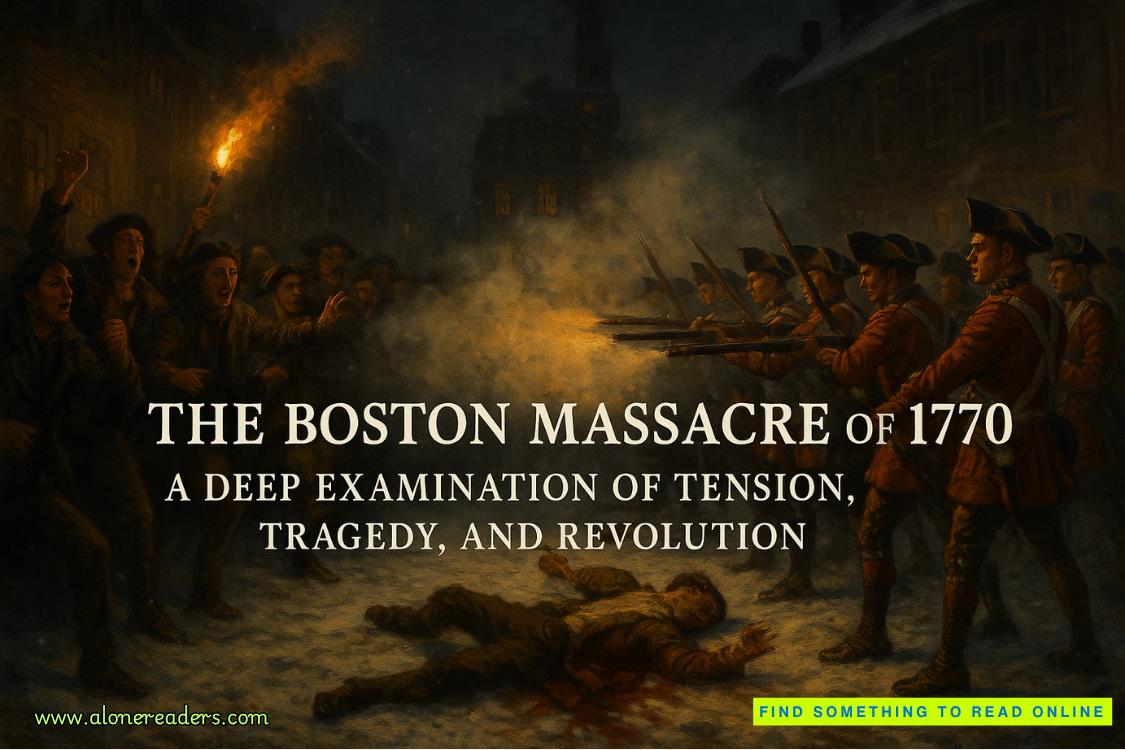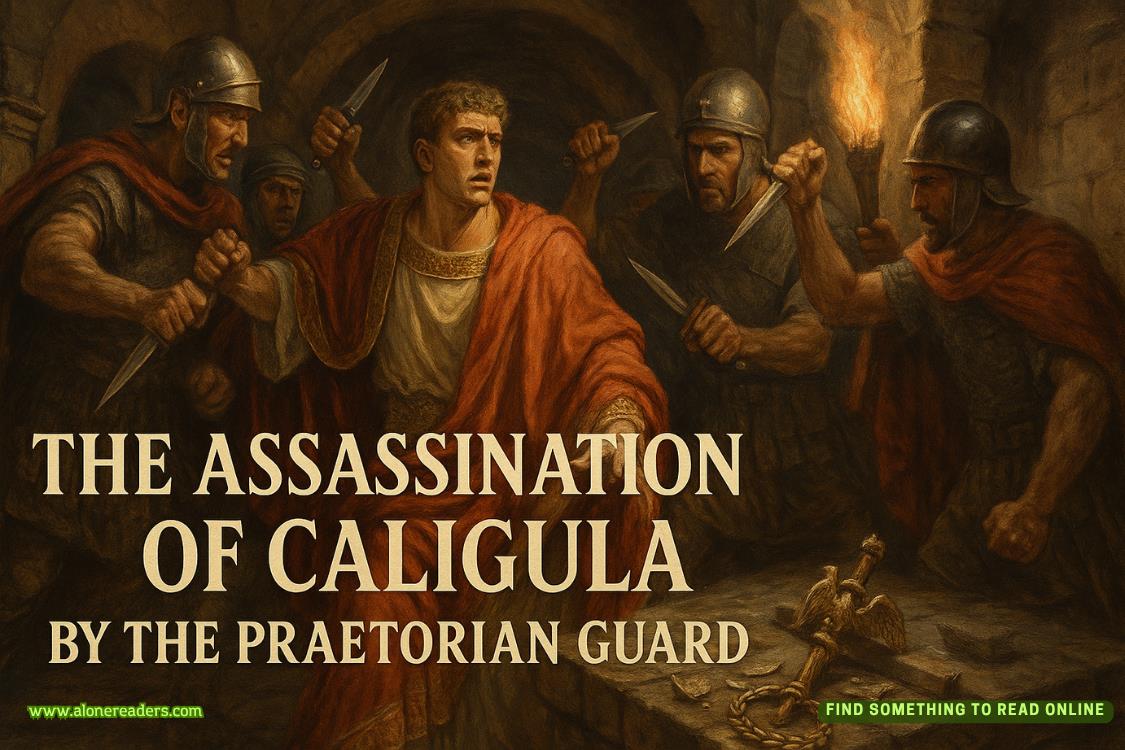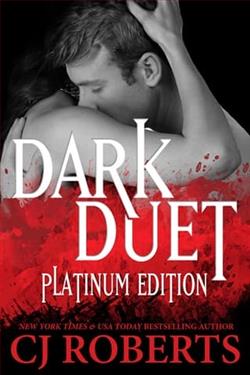Page 125 of After Anna
“No.” Detective Hickok tilted his chin up, in the slightest defiance.
“Do you know the term ‘confirmation bias,’ as applied to law enforcement?”
“Yes.”
“Please define the term for the jury.”
Detective Hickok turned to the jury. “Confirmation bias means that once you reach a conclusion about a perpetrator, you seek facts that support the conclusion and ignore facts that do not.”
“Detective Hickok, did you consider the possibility that the killer could have come from a neighboring house?”
“No.”
“Why not?”
“It seemed less likely.”
“Less likely than Dr. Alderman, that is?”
“Yes.”
“But wasn’t Dr. Alderman’s carriage house in view of the main house, where his landlord lived?”
“Yes.”
“Wasn’t the landlord home on the night of the murder?”
“Yes.”
“The landlord’s name was Scott Ropsare, is it not?”
“Yes.”
“But didn’t Mr. Ropsare have a view of Dr. Alderman’s carriage house?”
“Yes.”
“So isn’t it true that Mr. Ropsare could have seen Anna Desroches pull up in her car, get out, and wait on Dr. Alderman’s porch?”
“Yes.” Detective Hickok blinked.
“Nevertheless, you didn’t take Mr. Ropsare in for questioning, did you?”
“No, but I did knock on his door and speak to him. I asked him if he had seen anything unusual or suspicious, and he said he had not.”
Thomas frowned. “My question was, you didn’t take him in for questioning, did you?”
“No.”
“Were you aware that Mr. Ropsare had a 2015 conviction for aggravated assault against his former wife?”
Detective Hickok’s lips flattened. “Yes, I learned that the next day.”
“But youstilldidn’t go back to pick Mr. Ropsare up and take him in for questioning?”
“No.”
“Because you had already charged Dr. Alderman with the crime, isn’t that correct?”















